Introduction:
Brass ball valve and stainless steel ball valves are two popular choices for controlling the flow of fluids in various applications. While both types of valves serve similar purposes, they have distinct characteristics that make them suitable for different environments and requirements. In this comparison guide, we’ll explore the key differences and similarities between brass and stainless steel ball valves to help you make an informed decision.
Material Composition and Properties
1.1 Brass Ball Valves
Brass ball valves typically consist of a blend of copper and zinc, providing excellent corrosion resistance and durability. These valves excel in thermal conductivity, making them suitable for both hot and cold water applications. Additionally, brass lends itself to easy machining, enabling intricate valve designs and offering various customization options.
1.2 Stainless Steel Ball Valves
Comprising chromium, nickel, and other alloys, stainless steel ball valves boast unparalleled corrosion resistance and robustness compared to brass counterparts. Their remarkable resistance to rust, oxidation, and chemical corrosion renders them indispensable in harsh industrial settings and applications dealing with corrosive fluids. Additionally, stainless steel valves excel in temperature resilience and can endure high-pressure conditions with ease.
Performance and Durability
2.1 Brass Ball Valves
Brass ball valves offer reliable performance and durability in residential and commercial plumbing systems, HVAC applications, and general-purpose fluid control. Brass valves are well-suited for low to moderate pressure and temperature environments, providing smooth operation and long service life when properly maintained. However, exposure to certain chemicals or high temperatures may cause brass to degrade over time.
2.2 Stainless Steel Ball Valves
Stainless steel ball valves excel in demanding industrial settings, chemical processing plants, oil and gas refineries, and marine applications where corrosion resistance and durability are critical. Stainless steel valves are capable of withstanding extreme temperatures, high pressures, and aggressive chemicals without sacrificing performance or integrity. Although stainless steel valves may have a higher initial cost compared to brass, their long-term reliability and minimal maintenance requirements justify the investment.
Cost Considerations and Application Suitability
3.1 Brass Ball Valve
Given their cost-effectiveness compared to stainless steel valves, brass ball valves emerge as the preferred choice for budget-conscious projects and applications that require moderate performance. They see widespread usage in residential plumbing, irrigation, and non-critical industrial applications, where considerations such as corrosion resistance and temperature tolerance take a back seat.
3.2 Stainless Steel Ball Valves
Stainless steel ball valves are priced higher than brass valves due to their superior corrosion resistance, strength, and performance capabilities. Stainless steel valves, while initially pricier, provide long-term cost savings due to lower maintenance, repair, and replacement costs. They’re ideal for applications with corrosive fluids, high temperatures, and critical processes, prioritizing reliability and durability.
Conclusion:
Both brass ball valves and stainless steel ball valves have their unique advantages and applications. Consider factors like the operating environment, fluid compatibility, pressure, temperature requirements, and budget when selecting a valve. Whether brass or stainless steel, ensure it meets performance expectations and regulatory standards for optimal results and long-term reliability.
IFAN is a Chinese manufacturer of plastic pipes, fittings and valves with 30 years of experience. If you are interested in IFAN copper fittings, copper valves, plastic pipes and fittings, please contact us. IFAN offers you a variety of standard pipes to meet your specific needs. Click below to learn more about IFAN’s wide range of affordable and cost-effective valve products and piping system related products.
We will reply your email or fax within 24 hours.
You can call us at any time if there is any question on our production.
For more information,pls visit our webside https://pipefittingpro.com/
Pls Mailto: [email protected]
Whatsapp: + 86 19857948982

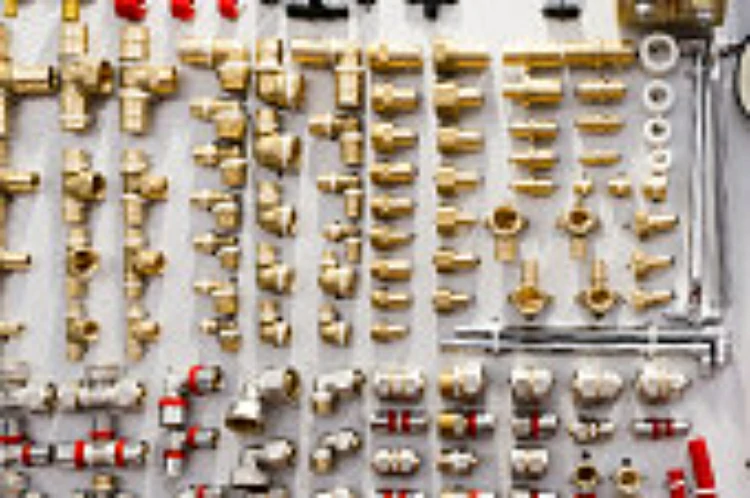
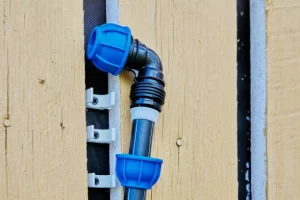
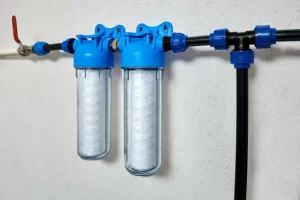
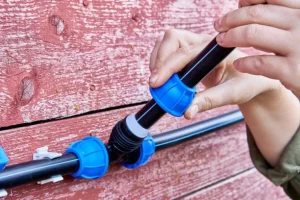
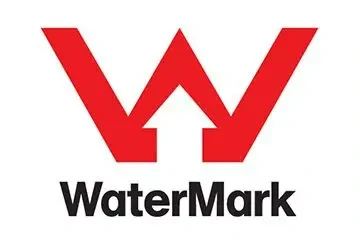

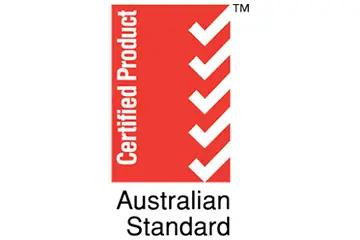
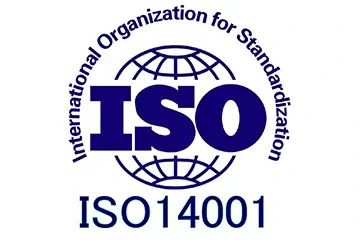




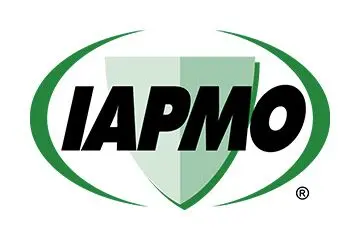
Recent Comments